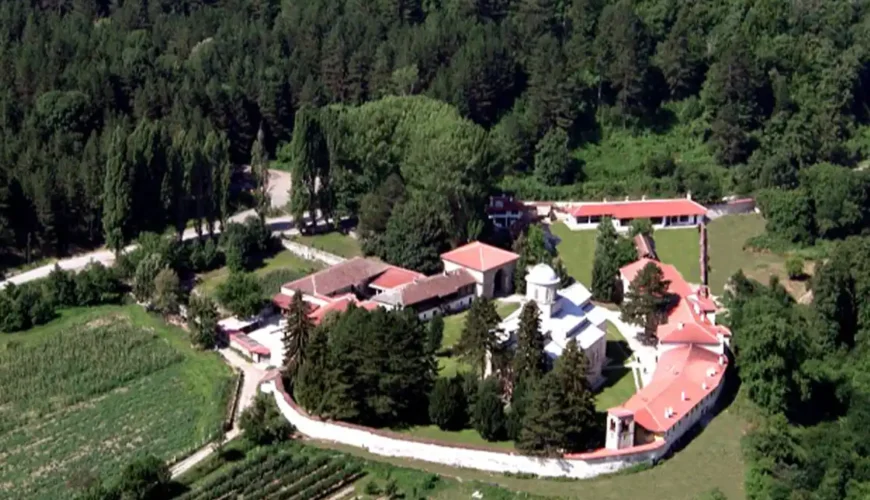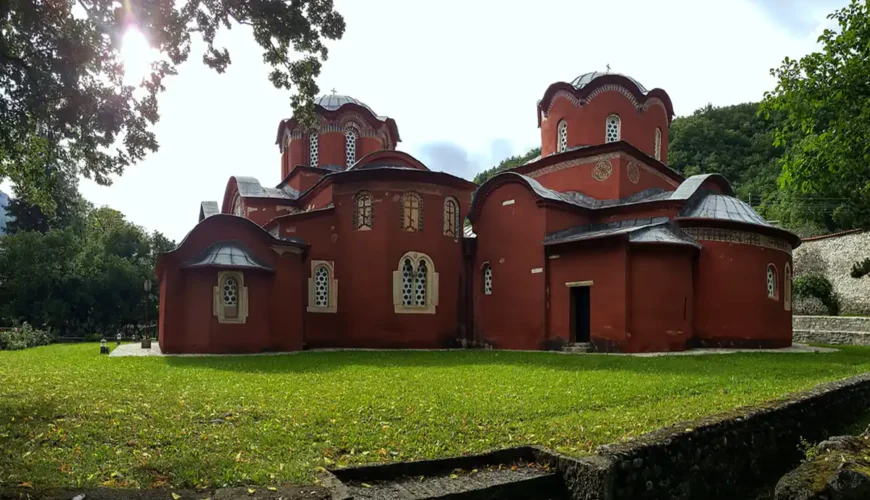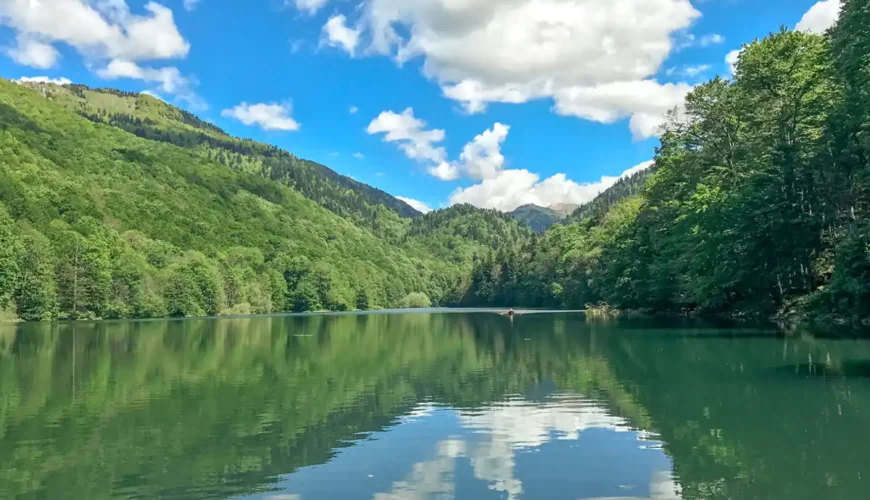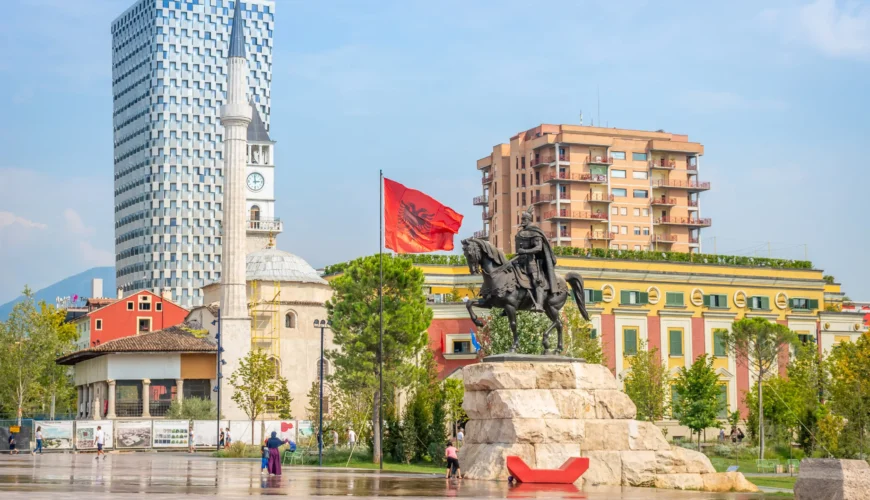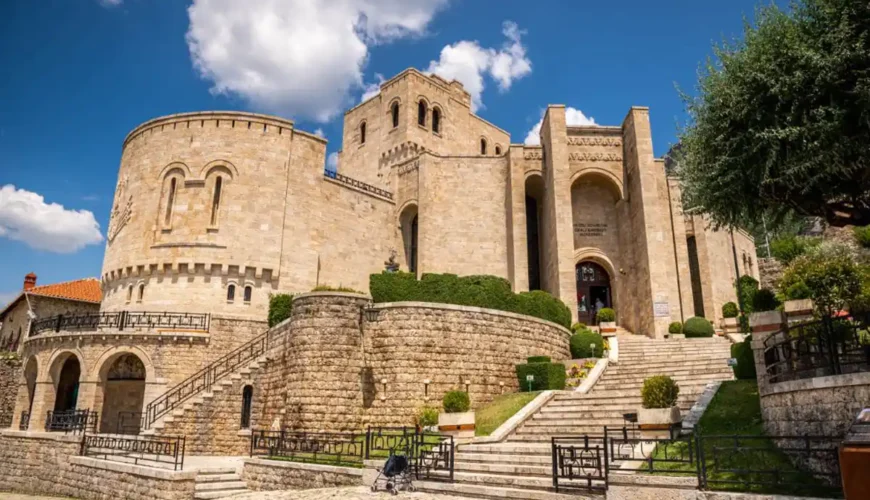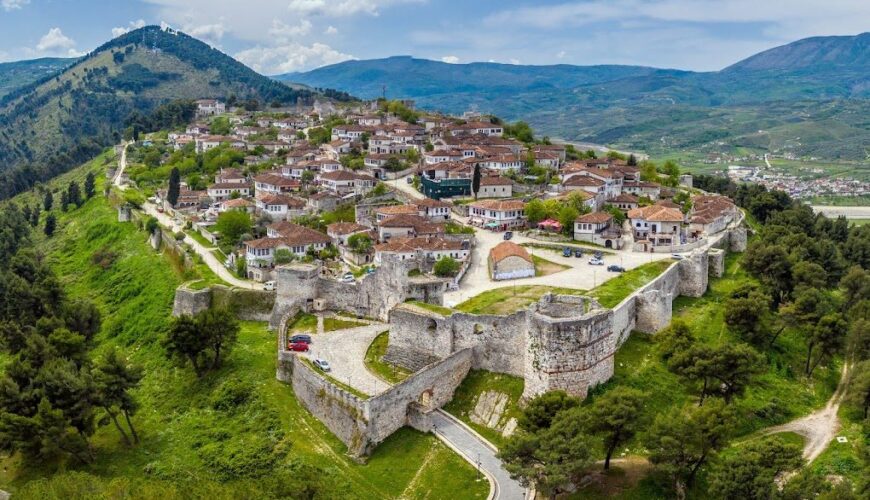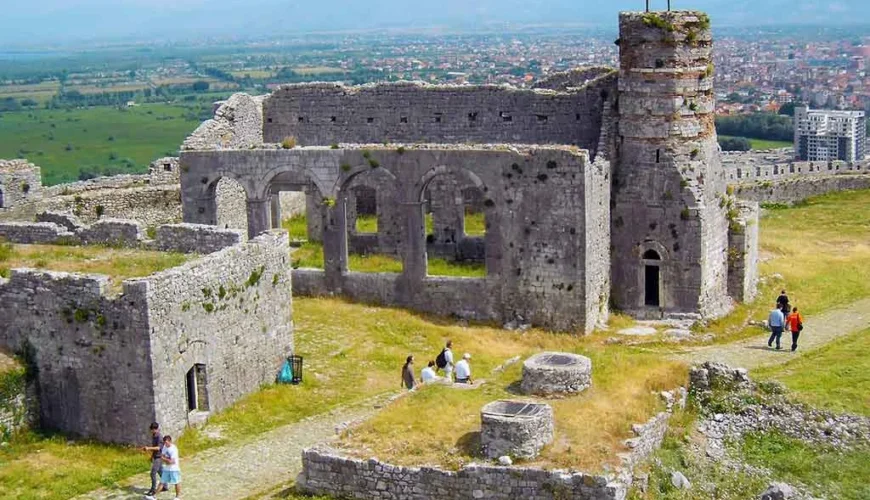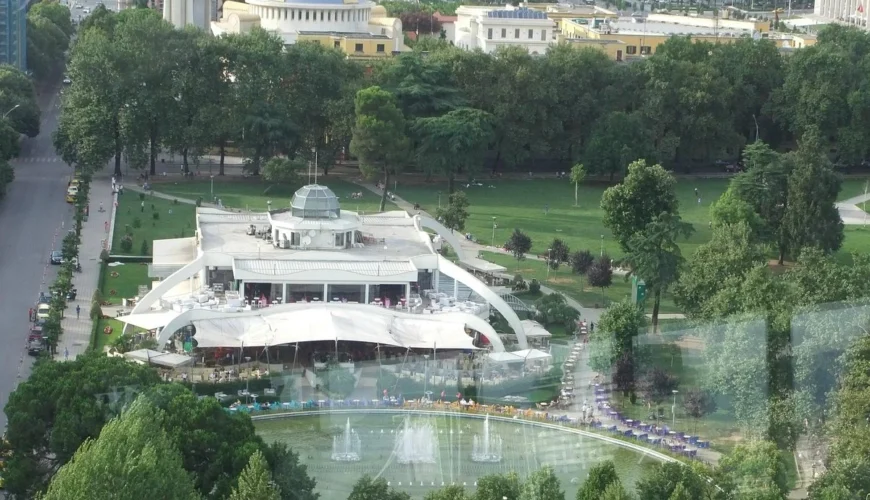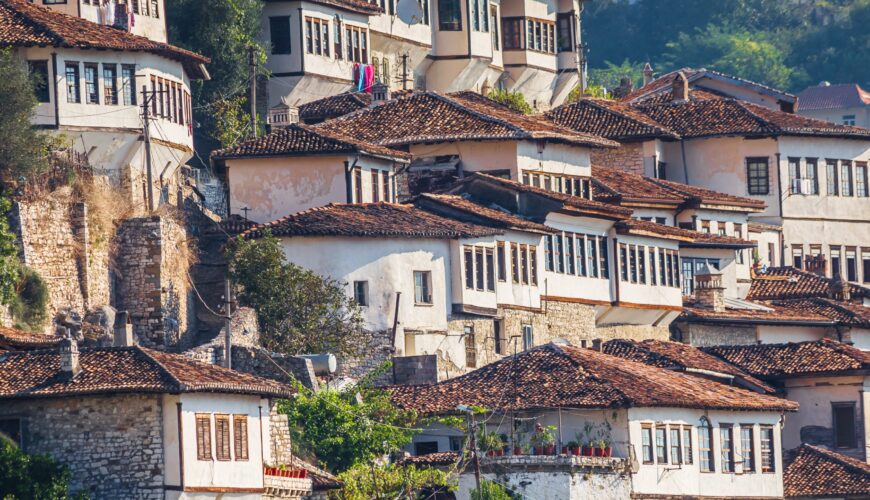Deçan Monastery: A Historical and Cultural Jewel
Key Takeaways Deçan Monastery is a UNESCO World Heritage Site renowned for its Romanesque-Gothic architecture and rich artistic heritage. *Founded in 1327* by King Stefan Uroš III Dečanski, it reflects a blending of Western and Byzantine artistic influences. Its frescoes depict biblical scenes and Serbian rulers, standing as some of the most important examples of […]
Peje Monastery: A Significant Cultural and Religious Site in Kosovo
Key Takeaways Peje Monastery is a UNESCO World Heritage site rich in Byzantine and Serbian architectural styles (source). This historic monastery was founded in the 13th century and has played a central role in the religious and cultural history of Kosovo. Its distinctive cross-in-square plan, Byzantine influences, and vibrant frescoes showcase centuries of religious artistry. […]
Biogradska National Park: Montenegro’s First National Park and a Balkan Natural Treasure
Key Takeaways Biogradska National Park is Montenegro’s first national park, established in 1952, and one of Europe’s last virgin forests. It hosts Biogradsko Lake, ancient trees over 500 years old, and diverse ecosystems supporting rare flora and fauna. The park’s natural beauty and ecological importance make it a vital Balkan natural treasure. Located near the […]
Skanderbeg Square: The Heart of Tirana, Albania
Skanderbeg Square is the central hub of Tirana, symbolizing Albania’s history and culture. The square’s origins trace back to the Ottoman era, with transformative phases under Italian occupation and communism. Dedicated to Albania’s national hero, Gjergj Kastrioti Skanderbeg, the square embodies resistance and independence. The square houses landmarks like the Skanderbeg Statue, National History Museum, […]
The Castle of Kruja: A Beacon of Albanian History and Resilience
Key Takeaways The Castle of Kruja stands as a symbol of Albanian resistance and national pride. Its origins trace back to ancient Illyrian settlements, evolving through medieval influences. Skanderbeg’s legendary leadership transformed Kruja into a fortified hub of defiance against the Ottomans. The castle’s architecture showcases a blend of strategic design and cultural elements unique […]
Discover Krujë: A Journey Through Albania’s Historic and Cultural Jewel
Key Takeaways Krujë embodies Albania’s rich history, from its strategic fortress to legendary resistance. It played a pivotal role through the legacy of Skanderbeg in resisting Ottoman conquest. The town’s main attractions include Krujë Castle, Skanderbeg Museum, and traditional bazaars. Krujë’s scenic hilltop location offers stunning views and easy access from Tirana. The local culture […]
Berat Castle: A Journey Through Albania’s Historic Guardian
Key Takeaways Berat Castle is a UNESCO World Heritage site that showcases centuries of Albanian history and architecture. It features a diverse array of structures, including Byzantine churches, Ottoman mosques, and residential quarters. The fortress offers stunning panoramic views of Berat and the Osumi River gorge. Its strategic importance is reflected through its impressive defensive […]
Rozafa Castle, Shkodër: A Historical and Cultural Gem in Albania
Key Takeaways Rozafa Castle is a powerful symbol of Albania’s resilience, history, and culture. The castle’s origins date back to the Illyrian period, with layers of influence from Roman, Byzantine, Venetian, and Ottoman eras. The legendary story of Rozafa embodies themes of sacrifice, loyalty, and maternal love, deeply rooted in Albanian folklore. The architecture features […]
Rinia Park: The Green Heart of Tirana, Albania
Key Takeaways Rinia Park is known as the “Green Heart” of Tirana, offering lush greenery and leisure activities right in the city center. This historic park, established in 1950, has evolved from a youth recreation space to a vibrant hub for community and cultural events. Located just south of Skanderbeg Square, the park is easily […]
Old Town Berat: A UNESCO World Heritage Site
Key Takeaways Old Town Berat is renowned for its stunning architecture and rich history, earning its recognition as a UNESCO World Heritage Site. *Its origins* trace back to the 6th century BC, evolving through Illyrian, Roman, Byzantine, and Ottoman influences. The town’s architectural charm is characterized by Ottoman houses, Byzantine churches, and the iconic “thousand […]

